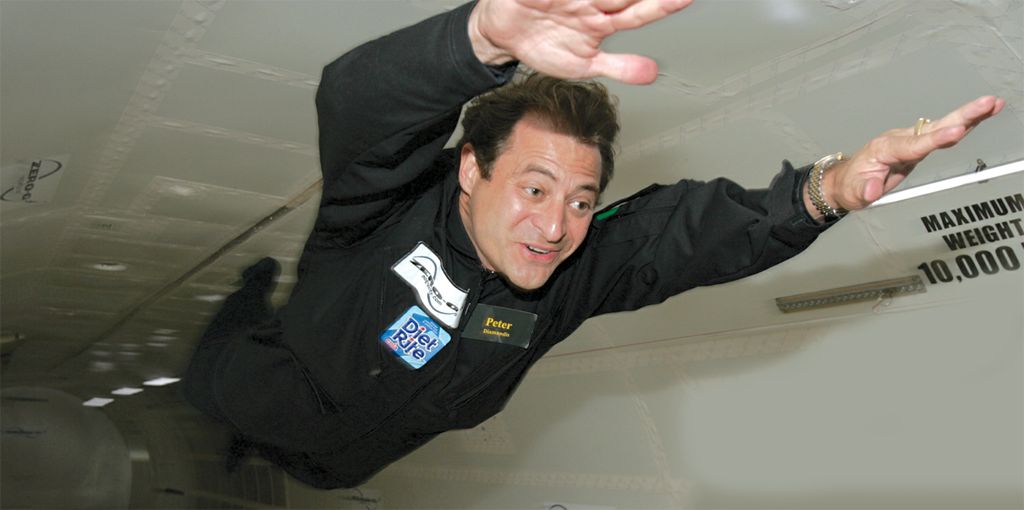
If you need to communicate something important to a friend, do you call? Visit? Email? Text? Skype? WhatsApp? Snap? Tweet? Message on Facebook, or LinkedIn?
How we communicate in exponential times is changing.
This blog is about the best practices, basic rules, and the emerging technologies in a rapidly changing (and increasingly fragmented) communication landscape.
[ Click to Tweet about this (you can edit before sending): http://ctt.ec/KWYB9 ]
Communication 101
As more and more tools become available, we seem to have accepted the notion that communication is “contextual”: LinkedIn is for work. Facebook is for friends. Snapchat is for close friends. Texting is for something immediate, if not urgent. Slack is for your team. Twitter is for public broadcast. Skype is for long distance. Phone calls are for intimacy or something really important.
And a lot of people make the mistake of thinking that email is well, good enough.
The reality is that email is probably the worst form of communication.
For me, I get hundreds of emails per day, and frankly:
- If the email is more than a few lines long, I don’t read it.
- If I don’t get the point in the first couple of lines, I stop reading.
- An email from a stranger asking me for something (without context or an introduction) gets deleted.
- If an email comes in at the wrong time (i.e. I’m hyper busy), it probably gets buried and doesn’t get read.
- It is so easy to misread someone’s intent or emotions in an email that it can lead to embarrassing situations.
As we invent more and more tools to communicate with each other, sometimes tech can become a crutch and a replacement for actual meaningful communications.
How Should We Communicate?
We are social animals, and we communicate A LOT through the intonations of our voice and our facial features.
Basic rules:
If there’s something critical to communicate – close a deal, raise capital, tell someone you love them or want to break up – do it in person.
If you can’t meet in person, then do it by Skype (or Beam, see below).
If you can’t do it by Skype, then do it by phone.
Everything else (today) is basically inadequate for anything really important. That being said, if you have to email, see below.
Where Will Technology Help in the Future?
The good news is that technology under development leapfrogs the current technology in place, and will create a more meaningful and intimate level of communications.
In the decade ahead, there are three key areas that will drive meaning capabilities:
Telepresence/Beam: While Skype is okay, it’s static and limiting. If you follow my work, you’ve heard me speak about Suitable Technologies and their Beam telepresence robot. Some call it Skype on Wheels, but it is much more. I have 15 Beams across all of my companies and one of them at home. Telepresence robots like the Beam (and its future derivatives) are the next best thing to being face to face. It really gives you the ability to move around and participate, as if you were there in the flesh. Even better, in the very near future this technology is going to give you superpowers. You will have the ability to pull up details on your screen about the person to whom you’re speaking. But it could get even stranger. Imagine having the ability to use the sensors on your robot to measure the heart rate and pupillary reaction of the person you’re speaking to during a negotiation. Technologies like the Beam will expand our sensory experience when we communicate.
Virtual Worlds: The next step in technology-enabled communication comes when we’re able to skip meeting in person, and instead meet inside of a high-resolution virtual world. A world in which two individuals can have their near-perfect avatars have conversations and interactions not possible in the real world. In these virtual worlds, the avatar’s facial features mirror your exact facial features using the same VR technology James Cameron pioneered in his moving Avatar. This is the direction companies like Philip Rosedale’s High Fidelity is taking us.
Brain-Computer Interface: The ultimate form of communications will materialize in the following decade, as we develop Brain Computer Interface (BCI) – the ability to connect mind-to-computer and computer-to-mind. This will enable the most intimate level of communication conceivable, whereby you have the ability to understand a person’s most personal thoughts and feelings.
A Few Last Words About Email
Given that email is such a ubiquitous and prolific form of communication, and I get way too much of it, I’d like to share some email best practices. The truth is: sometimes it is the only way to reach somebody. Use these tips to email most effectively.
- Subject Line: The subject line matters a lot – much more than most people realize. Take the time to craft it a short, compelling subject line that is descriptive of the email that follows, or, at least evocative enough to get someone to open it.
- Opening Line: The opening line of your email (or at least the first two lines) is critical. Tell the person why you are writing and what follows.
- Brevity is King: A short email is one that gets read. Something that meanders on gets deleted or ignored.
- Make a Simple Ask: An email should have a single action or ask. Make it easy for the person you are writing to answer. For example, if you asking for a meeting, you can say: “Can you please respond with the name of your Admin with whom I can set up a call?” or, “Let me know what day next week works for a call?”
If you do these things, you should be able to get your point across.
Join Me
This is the sort of conversation we discuss at my 250-person executive mastermind group called Abundance 360. The program is highly selective and we’re almost full, looking for a few last CEOs and entrepreneurs who want to change the world. You can apply here.
Share this email with your friends, especially if they are interested in any of the areas outlined above.
P.S. Every week I send out a “Tech Blog” like this one. You can sign up here for this and Abundance Insider.
P.P.S. I’ve just released a podcast with my dear friend Dan Sullivan called Exponential Wisdom. Our conversations focus on the exponential technologies creating abundance, the human-technology collaboration, and entrepreneurship. Head here to listen and subscribe.







